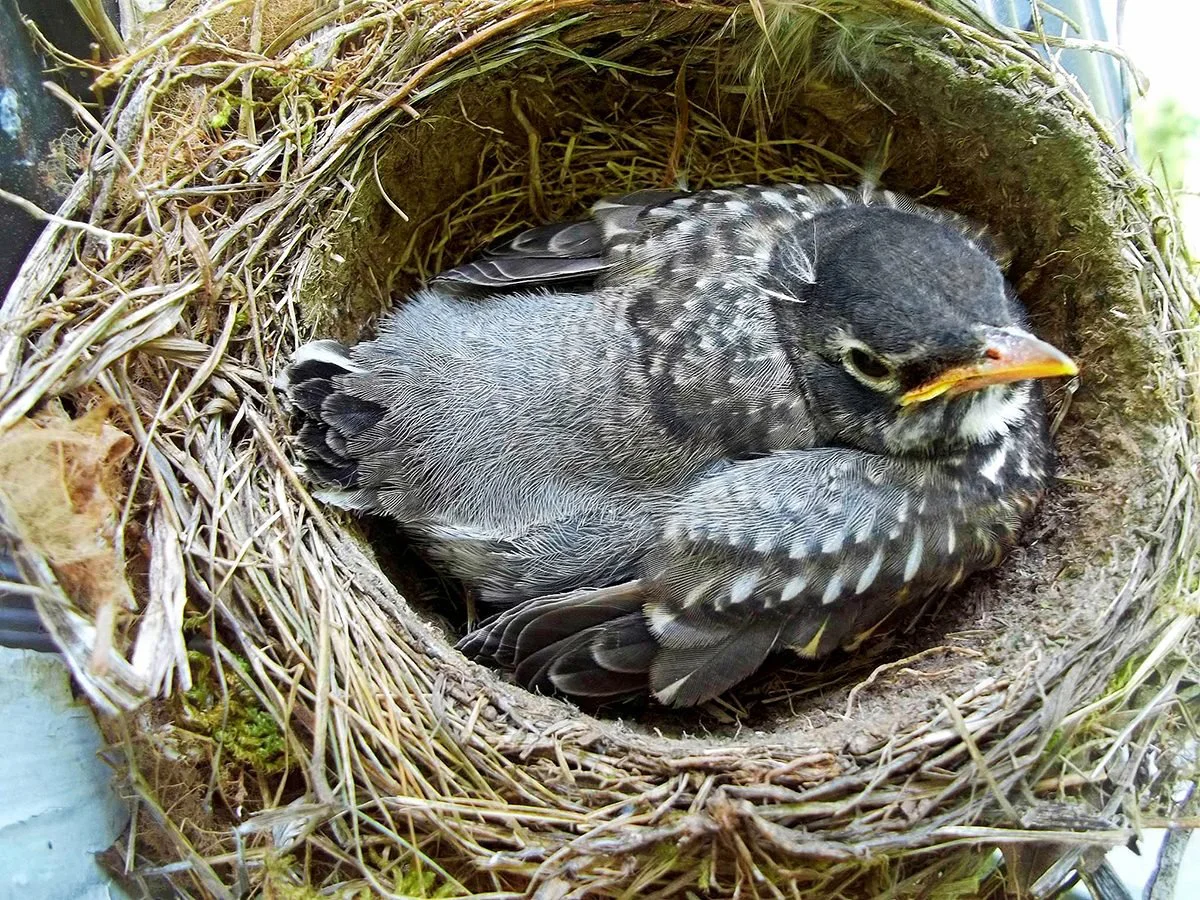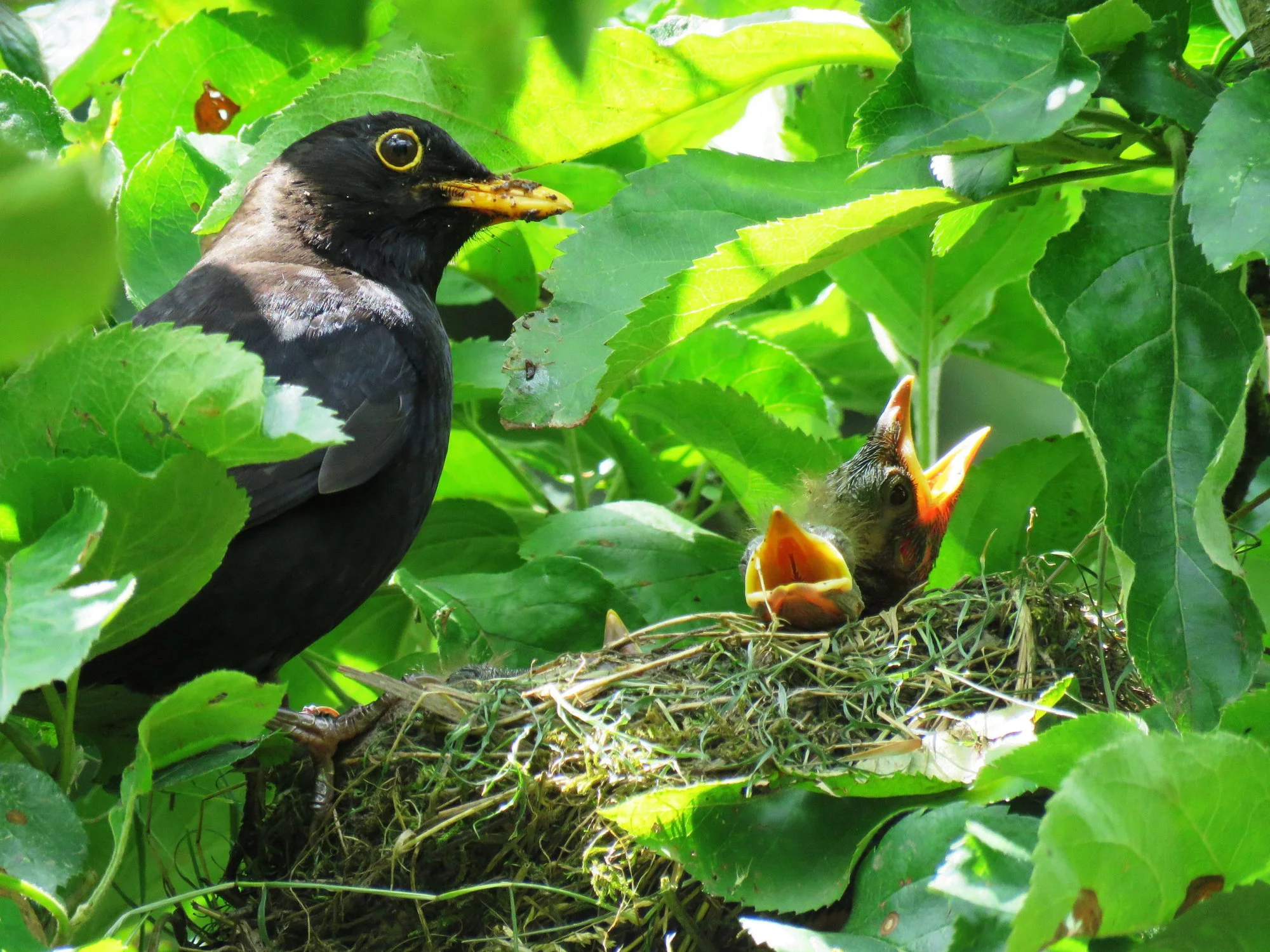Sheltering Behavior of Birds During Rain: Where Do They Seek Refuge?
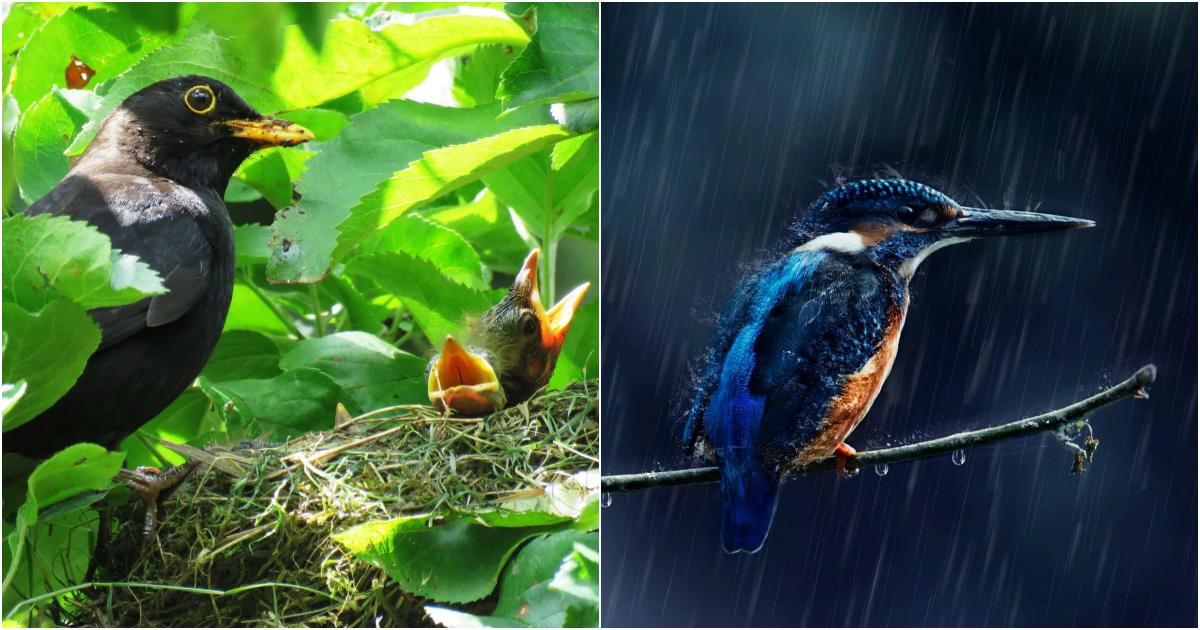
When it rains, birds seek shelter in different places. Each bird species chooses a different hiding place to protect its feathers from getting wet. However, the concept of birds taking refuge in nests during rain is a human assumption. Bird nests primarily serve the purpose of facilitating the reproductive process, and birds typically do not rest in nests, let alone seek shelter from the rain in them.
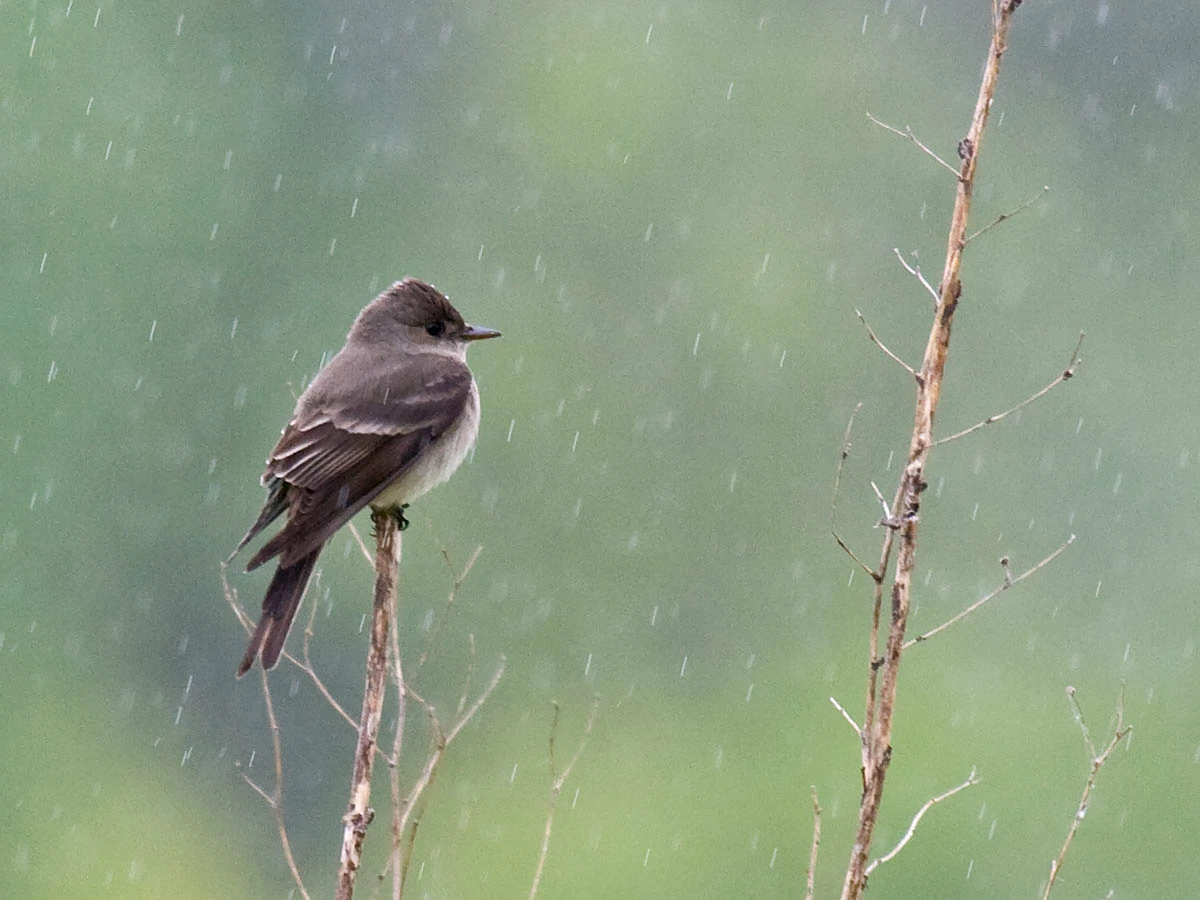
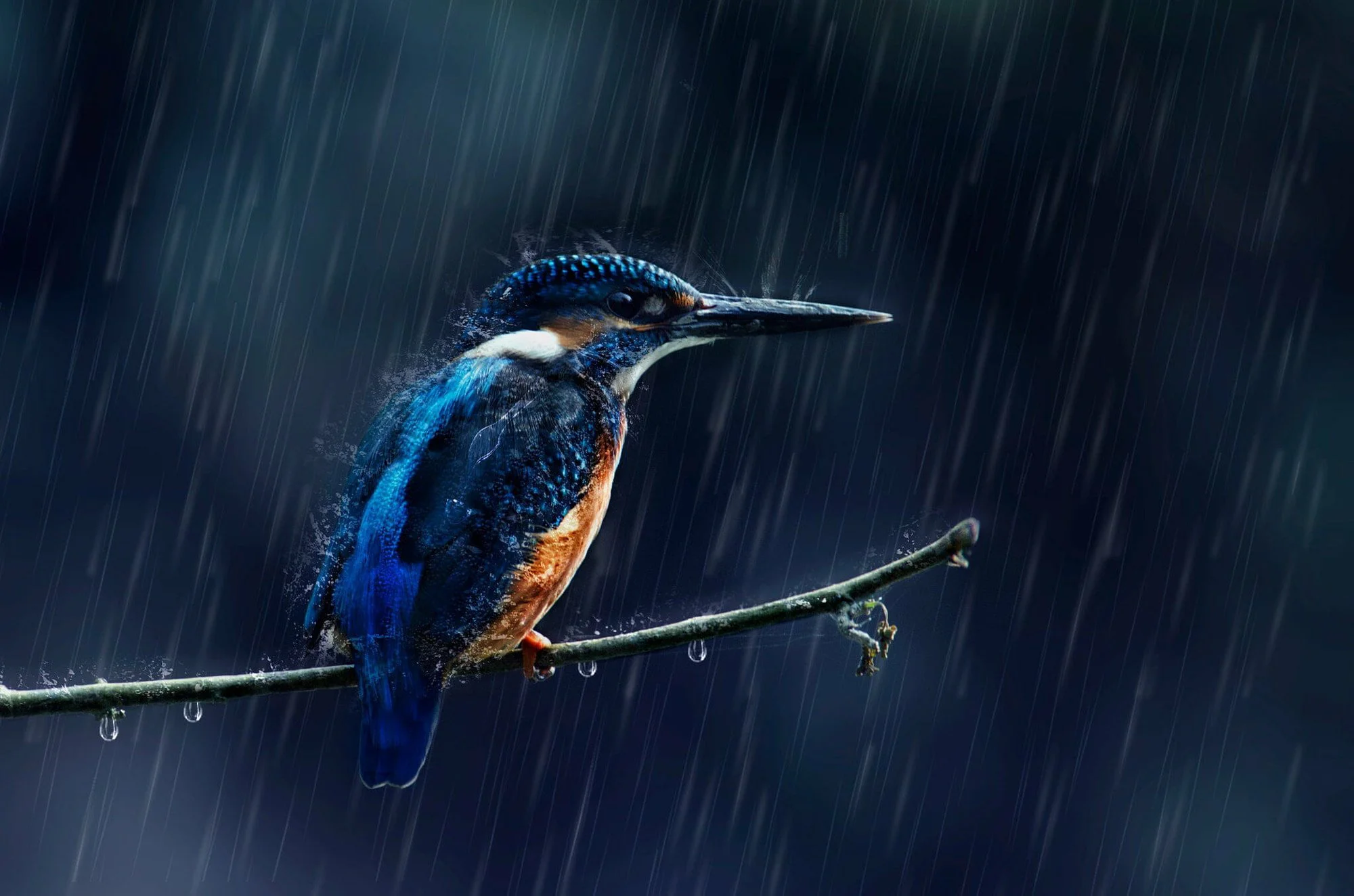
Nests can protect eggs and nestlings from predators and the external environment. The instinctive behavior of nest-building is crucial for the survival and reproduction of bird species. However, not all bird species rest in nests. For instance, carnivorous birds like eagles and herons often do not sleep in nests but choose to sleep on trees or on prominent ledges of cliffs to have better observation of their surroundings.
For species that need rest in nests, they do so because nests contain eggs or nestlings, and they rest and sleep inside the nest. Nestlings require regulated temperature and humidity within the nest, so most nestlings rest in the nest. As for adult birds, whether they rest in nests or not often depends on the external conditions and the bird’s habits.
Now, let’s discuss where birds go to seek shelter from the rain. The nesting behavior of birds is related to their search for shelter when they encounter a rainy environment. During rainy days, birds need to find hiding places to protect their feathers from getting wet. Different bird species choose different hiding spots.
Most small birds seek shelter in leaves and grass. Leaves and grass provide good hiding spots and effectively prevent rainwater from directly falling on the birds.
Species such as swifts and woodpeckers often take refuge in tree cavities and holes. Tree cavities and holes provide excellent protection, keeping them dry from rain and safeguarding the birds from predators.
City-dwelling birds tend to avoid rain by taking cover under building awnings. Places like verandas and walkways of buildings often provide good shade to keep birds dry. Some bird species that live near water environments may take shelter on aquatic plants. Aquatic plants allow birds to gather and avoid rainwater from falling directly on them.
There are also bird species that choose to directly endure the rain. Their feathers may secrete oils that aid in quick drying after being exposed to rain, such as waterbirds like ducks.
